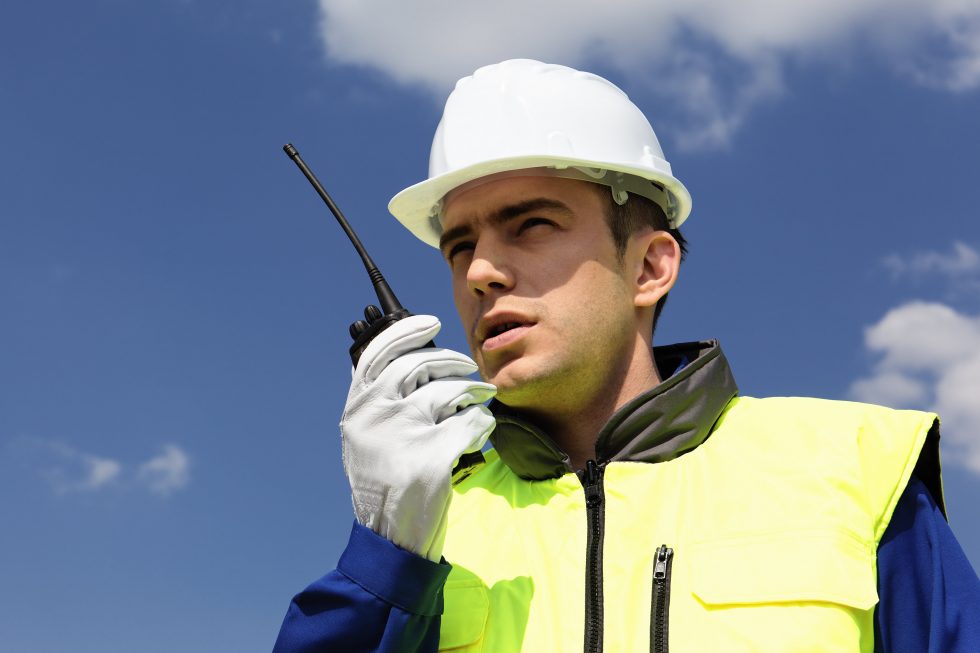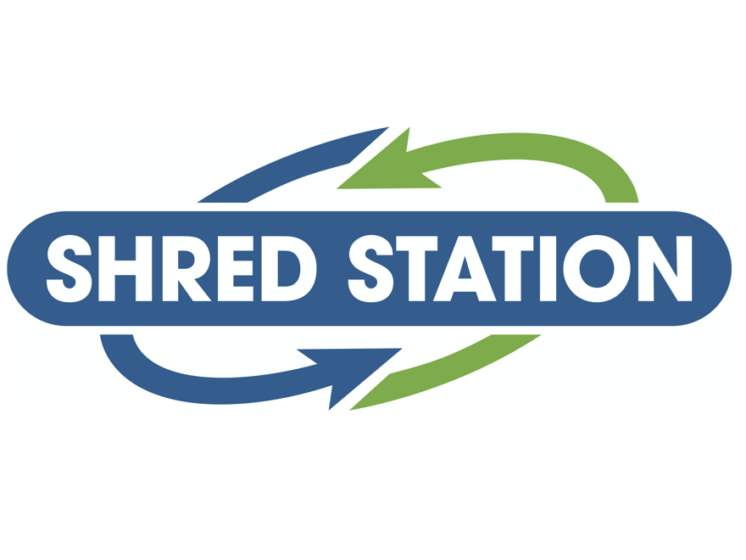It is essential to know the facts about two-way radio range to choose the right product. The range advertised by the manufacturer is an ‘up to’ figure. This is the maximum distance you could achieve for two way radio communication, in theory, when conditions are absolutely perfect.
Factors that can reduce the maximum include the type of equipment (frequency and power output), the weather conditions, the terrain, and the density of surrounding infrastructure, such as office blocks or flats.
Here we will take a look at these factors, so you can make the right buying choice.
The two-way radio range can sit between a couple of hundred metres to a few miles or more.
The basic laws of physics mean that one brand is unlikely to offer a greater two-way radio range than another. You cannot change where you are, so if you are in a city, the distance between radios will be less than if you were in open flat countryside.
However, different types of radio will affect your walkie talkie range. Options include licence free and licensed radios, as well as UHF and VHF radios. Knowing which is best for you is crucial if you want to maximise your two-way radio range.
Power & Frequency
Let’s take a look at frequency first.
Radio waves travel in straight lines, which means line-of-sight is important, and even the curvature of the earth will limit the maximum distance that long-range two way radios can achieve.
Inside these environmental restrictions, you can use Ultra High Frequency (UHF) or Very High Frequency (VHF) to create a connection between two devices.
VHF (136-174MHz) works well outdoors, and it can pass through materials such as concrete or bricks, but not metal.
UHF (400-470MHz) works well within buildings that have metal construction. While this frequency cannot pass through metal either, it can get through the cracks.
You might be wondering why this is. Frequencies look like waves. Some waves are wide, and others are narrow. UHF waves are narrow, and crucially, narrow enough to pass through a door opening, and so metal buildings are less of an issue.
Now let’s look at power.
Output power is measured in watts and ranges from one to five watts. More watts equals more power, and that translates to a greater two-way radio range. If you give your signal more power, it will travel further before environmental resistance reduces the signal to zero.
Repeater Base Station
“ Adding a Repeater Base Station can extend coverage greatly and usually at least double it. So where portable radios on their own are not covering the required area , the solution is to add a Repeater. Connect can advise on this and carry out a site survey”
If you need help deciding which type of radio to choose for your business, contact the Connect Mobile Radios team.







